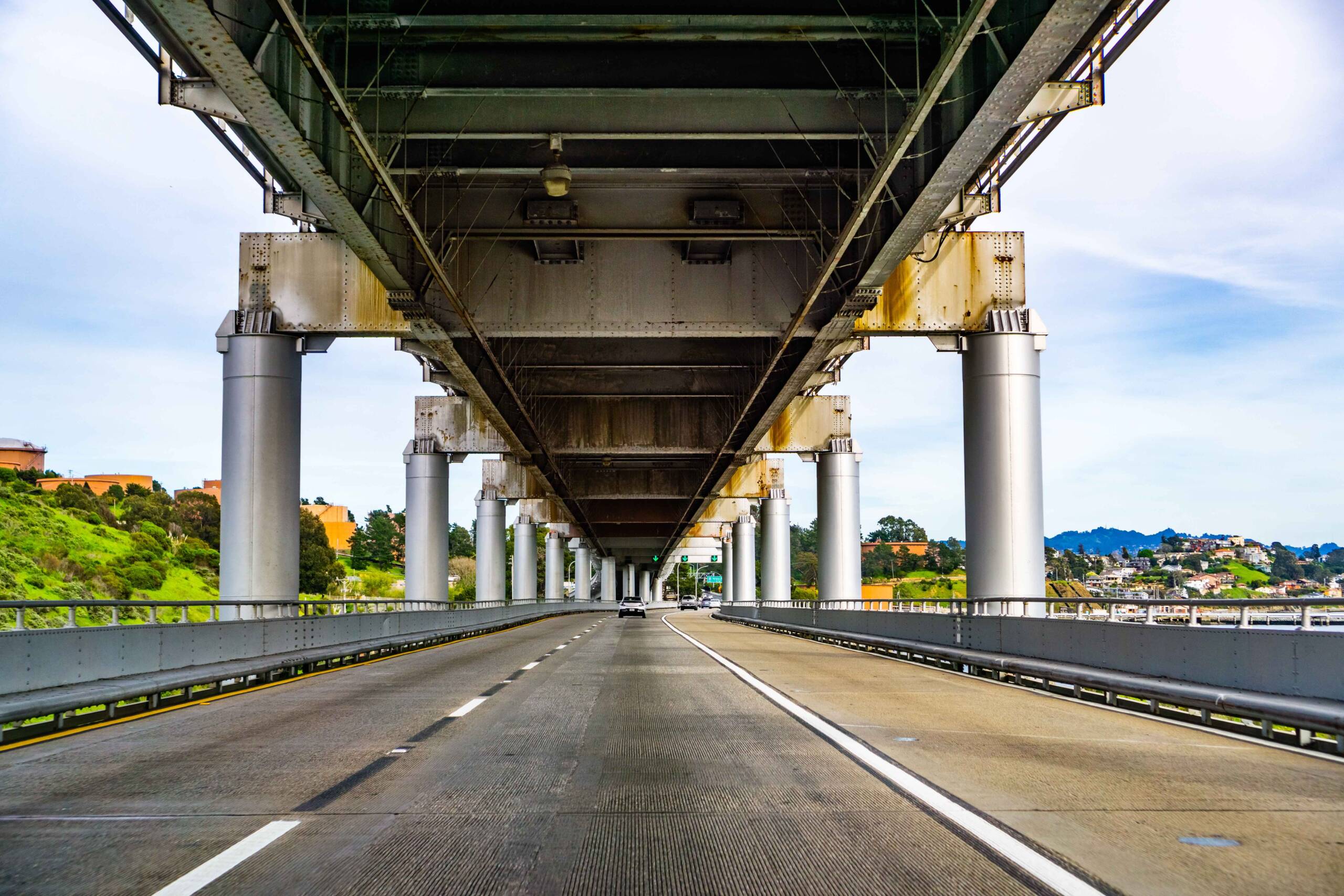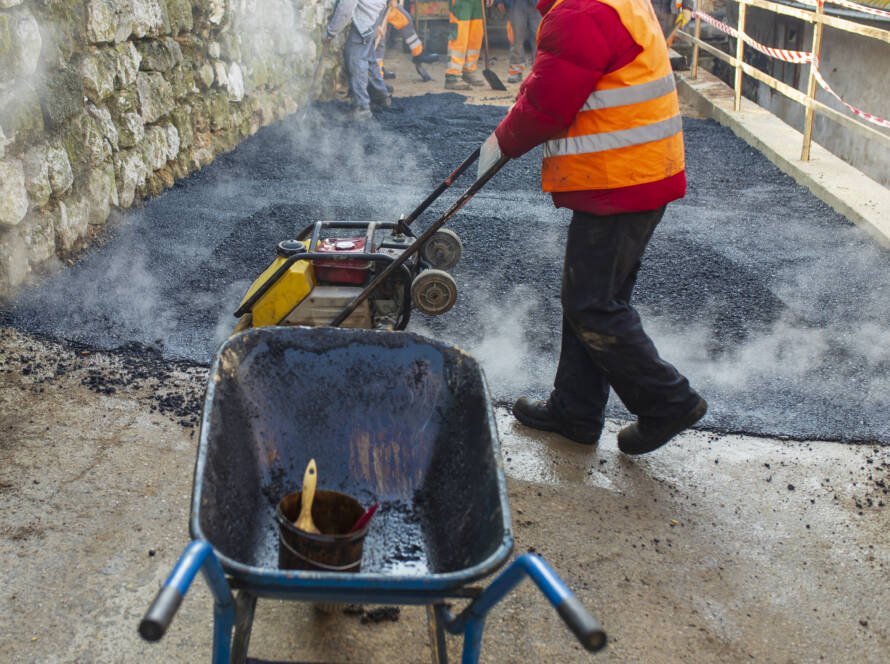Tarmac is widely used across the UK for roads, driveways, car parks, and commercial yards. Its cost-effectiveness and strength make it a popular choice for high-traffic areas. However, tarmac performance can be greatly affected by the weight and frequency of vehicles—particularly those carrying heavy loads.
Understanding the impact of load-bearing traffic is key to choosing the right materials, ensuring proper installation, and maintaining the longevity of your surface.
How Load-Bearing Traffic Affects Tarmac
Heavy vehicles such as lorries, delivery vans, and construction equipment apply repeated pressure to specific zones of a surface. Over time, this pressure begins to deform the tarmac—especially if the structure beneath isn’t built to handle it.
At first, surface wear may appear minor: light impressions, faint cracks, or rough patches. But without timely intervention, these signs can develop into deep ruts, extensive cracking, and ultimately, full structural failure. The integrity of the tarmac is only as strong as its design and its preparation for such stress.

The Importance of a Strong Foundation
When it comes to long-term tarmac performance, the quality of the sub-base is just as important as the surface itself. A weak or poorly compacted base will quickly show signs of stress when exposed to heavy traffic. In contrast, a reinforced and well-prepared foundation distributes weight evenly and minimises surface strain.
Material choice also plays a critical role. Heavy-duty tarmac mixes contain stronger aggregates and more durable binders, helping to resist deformation and surface breakdown. Additionally, using thicker layers of tarmac can significantly improve load distribution, especially in areas with continuous or concentrated vehicle use.
Where Tarmac Performance Matters Most
Not all tarmac applications are created equal. Environments with frequent heavy traffic—such as car parks, delivery yards, and access roads—require enhanced attention to surface strength. Without proper planning, these areas are more prone to early wear and damage.
Even residential driveways may experience stress from larger vehicles like vans or trailers. Meanwhile, public footpaths near schools, retail zones, or transport hubs must withstand not only footfall but occasional vehicular access as well.
Whether it’s a driveway or a commercial yard, designing with traffic load in mind is essential to ensure long-term durability.
Enhancing Surface Lifespan
Even with the best materials and design, ongoing maintenance is vital to preserve tarmac performance. Regular inspections can identify early signs of damage before they escalate. Small cracks can be sealed, worn areas resurfaced, and drainage issues corrected to avoid water damage.
Over time, all surfaces experience natural wear. However, preventive care—combined with thoughtful construction—can delay the need for costly repairs or resurfacing. Investing in high-quality surfacing from the start often proves far more economical over time.

Professional Tarmac Solutions
Whether you’re installing a new surface or upgrading an old one, it’s crucial to work with professionals who understand how to build for load. From driveway installations to commercial-grade surfacing, the goal is always the same: a finish that can stand up to use and time.
Explore more about tarmac installation and how to choose the right approach for your project. For advice or a quote, simply get in touch.
Conclusion
Load-bearing traffic places serious demands on any surface, and without proper preparation, tarmac can quickly degrade under the pressure. But with the right foundation, material mix, and ongoing care, tarmac performance can remain strong and reliable—no matter how heavy the traffic above it.



